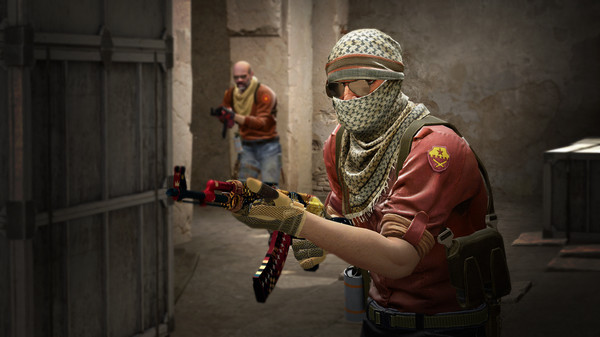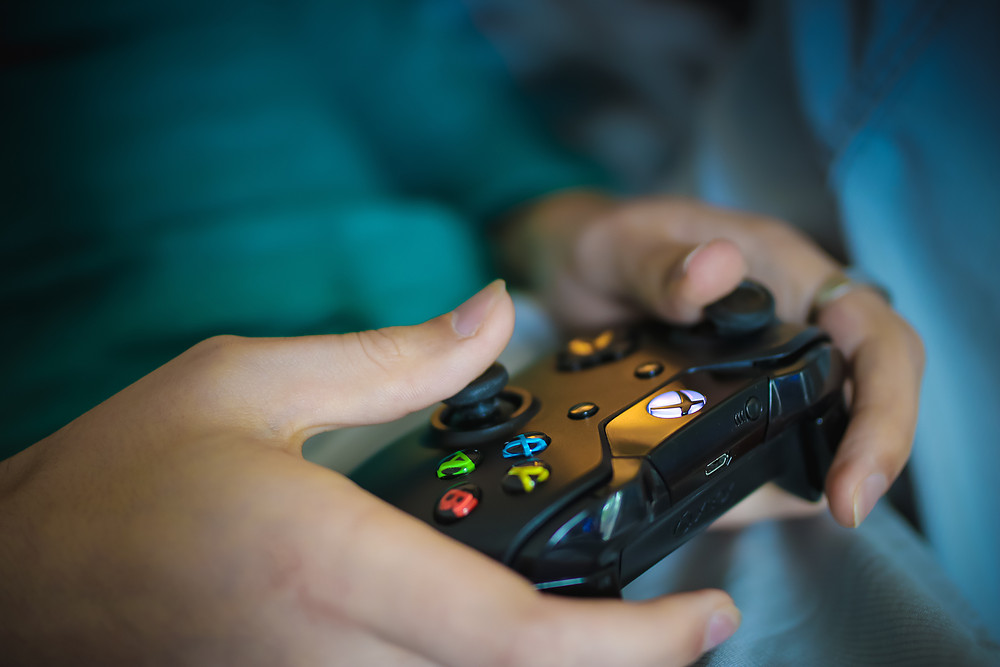Gaming toxicity is when a player has a bad attitude and demonstrates their bad behaviour in a gaming context. There are different labels for different types of toxicity. For example, griefing which is when a player is disrupting or annoying another player. This includes team killing, stealing other players things, cheating, and hacking.
Another form of toxicity is hate speech which is when a player is being racist, antisemitic, antimuslim, misogynistic or abusive towards the LGBT community. Threatening and aggressive behaviour is also prevalent and is another type of toxicity in online gaming. These behaviours are some of the most common toxic behaviours in online gaming. Online toxicity has become a major problem especially with the rise of competitive gaming and causes major problems in the gaming community. As a result, gaming companies have put in place measures to deal with online toxicity and some of those measures will be discussed in this article.

It’s unclear when toxicity first appeared but toxicity has increased a lot because of competitive games. The increasing competitive prize pool in games is making players be more toxic towards other players when they lose or don’t go well in competitive games. There was a big increase in toxicity when players started talking on microphones. This was because instead of letting out your anger towards your gaming setup (like smashing your desk when your mad), you could now talk trash about other players instead. Another massive rise in toxicity was when they started competitive games because players believed that they could become the next top player and play at the highest level. So, when players start losing, or their teammates don’t play well, they think that they are holding them back from those top prizes and they can start getting toxic.

In the gaming community, Valve’s CSGO has one of the most toxic communities. To help try and stop the toxicity Valve added a new feature into the game called auto mute. Auto-mute is a feature where if a player is reported enough times for toxic behaviour their account gets muted or in other words, they lose the ability to communicate and therefore can no longer be toxic. While this strategy to reduce toxicity helps there are still other ways players can be toxic such as losing games on purpose or annoying other players. Of course, this isn’t the only strategy being used to combat toxicity. They also have a feature called Minerva which analyses reports and messages during the game to detect if the report is false or a real issue and hands out corrective actions within seconds of the games end. Overwatch one of Blizzard’s biggest multi-console social game has had a long-lasting war against toxicity. Blizzard say toxic behaviour is one of the main reasons of players quitting, so finding ways to reduce toxicity is very important. In 2018, Blizzard announced a new social feature aimed at reducing toxic behaviours. Players can endorse other players for positive behaviours, which will show up on a badge next to their name. Blizzard reported a 40% reduction in overall toxicity in 2019.

Esports is growing at a rapid rate. With growth rates of more than 30% per year and with little signs of slowing down. As the competitive games grow, we’ve seen on the professional level that the rising number players means that more money is online every year. In 2014, competitive Counter Strike had a prize pool of $2.7 million dollars across all tournaments. In 2019, that number grew to $24.1 million dollars. With more money on the line, players are more likely to commit unsportsmanlike acts. The temptation of prizes in competition are too great for the players to resist and leads to them committing unsportsmanlike acts in games. Toxicity and unsportsmanlike acts are found more commonly in lower levels in games. With the growing popularity of esports, many players believe that they can become the next top player and play at the highest level. So, when players start losing or their teammates don’t play well, they think that they are holding them back from those top prizes and they can start getting toxic. The rising stakes of esports can get to players’ heads, causing toxicity in competitive online games.

Gaming toxicity has become a prevalent issue in today’s gaming communities. There are many types of online gaming toxicity and a number of those have been discussed in this article. The negative effects of online toxicity have prompted gaming companies to act to both reduce and prevent toxicity; however, the issue remains a major problem. It is encouraging that gaming companies are working against online toxicity, but clearly a lot more needs to be done to address this issue and to avoid serious problems associated with it.
